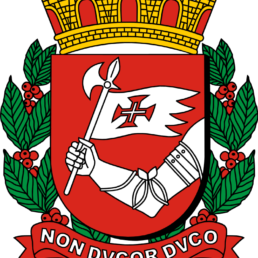São Paulo has created a scheme that encourages new real estate developments near public transportation and holds developers accountable for their projects’ environmental footprint.
To promote more sustainable and transit-oriented urban development, São Paulo devised a scheme in which real estate developers must financially compensate the city for new developments based upon the value of the land, the cost of creating new urban infrastructure – particularly public transportation – and the environmental impacts of new construction. The scheme incentivizes mixed-use development in an effort to reduce the need for transport, while also stimulating developments in less valued areas near existing public transportation. The plan also creates new economic opportunities in the city’s poorest neighborhoods.
9.5% CO2 emissions reduced from São Paulo’s municipal bus fleet between 2010 and 2012
Cities100 – 2015
With the scheme raising $150 million per year, the city has been able to invest in projects such as bus rapid transit, subway, and train service, as well as create parks to reduce the urban heat island effect and improve rainwater management. São Paulo aims to have its entire municipal bus fleet run on renewable fuels by 2018; therefore the increased use of public transportation significantly contributes to the reduction of the city’s greenhouse gas emissions.
The challenge
São Paulo has been challenged by new commercial and residential developments being built in parts of the city with suboptimal existing public infrastructure. This scheme of charging developers according to a model that takes into account socio-economic factors, such as access to public transit, and environmental footprint drives real estate development towards areas of the city in need of investments.
Co-benefits
Economic The scheme promotes more efficient public transit, which reduces the economic opportunity cost of commuting between São Paulo’s peripheries and the city center.
Health By encouraging more mixed-use developments and active transportation, such as biking and walking, the scheme offers health benefits to citizens.
Social As part of this scheme, the city aims for all citizens to live within 300 meters of a BRT stop and 600 meters of a subway or train station.
About São Paulo
São Paulo is a municipality in the southeast region of Brazil. The metropolis is an alpha global city—as listed by the GaWC—and is the most populous city in Brazil as well as in the Southern Hemisphere. The municipality is also the largest in the Americas and Earth’s 12th largest city proper by population. The metropolis is also home to several of the tallest skyscraper buildings in Brazil, and is a cosmopolitan, melting pot city, home to the largest Arab, Italian, and Japanese diasporas.


